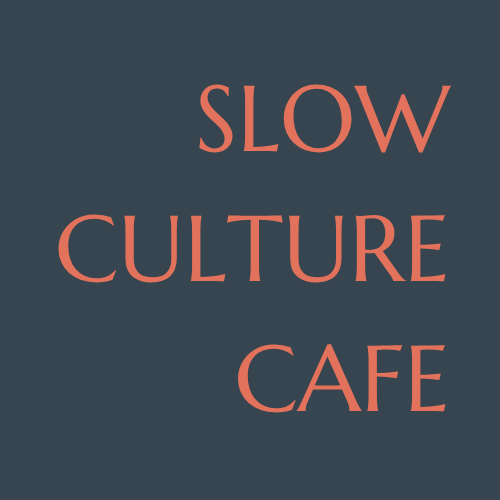The One-Pot Philosophy: How the Japanese Donabe Redefines Communal Cooking
In an era where meal prep containers dominate our kitchens and dinner often means scrolling through phones between bites, the Japanese donabe arrives as a quiet rebellion. This ancient clay pot, forged from porous earth and shaped by centuries of intention, offers more than a cooking method—it presents a philosophy for how we might gather, nourish, and connect in our modern lives.
What Makes Traditional Japanese Clay Pot Cooking Different
The donabe isn't simply cookware. Dating back over 10,000 years to Japan's Jomon period, these hand-crafted ceramic vessels embody the principle of ichigo ichie—treasuring each unrepeatable moment. Unlike the hurried efficiency of contemporary kitchen appliances, cooking with a donabe for family dinners requires a sense of presence. The pot sits at the center of the table, simmering gently over a portable burner, transforming dinner into a performance and meditation combined.
The clay's porous nature creates what Japanese potters call "breathing cooking." As ingredients bubble within, the donabe releases moisture gradually, concentrating flavors while maintaining textures that metal pots cannot achieve. This isn't fast. It isn't convenient in the conventional sense. Yet for those seeking mindful cooking techniques for busy professionals, the donabe paradoxically saves time by eliminating the separation between cooking and eating.
How Slow Cooking Builds Community Around the Table
The genius of Japanese communal dining with donabe lies in its democratic design. Whether preparing nabe hotpot for winter gatherings or takikomi gohan (mixed rice), everyone participates in the cooking. Diners add ingredients, adjust seasonings, and serve themselves directly from the pot. There's no head chef, no plated courses, no hierarchy—only a shared experience unfolding in real time.
This matters profoundly in North American culture, where dinner parties often stress hosts into isolation, sweating over stoves while guests wait. The donabe philosophy invites a different approach: authentic Japanese cooking methods for home entertaining that prioritize connection over perfection. Your friends don't want a performance; they want your presence.
Contemporary ceramicists, such as Naoko Takei Moore of Toiro Kitchen, have adapted traditional donabe design for modern American kitchens, creating pieces that work on gas, electric, and even induction stovetops. These aren't museum pieces—they're tools for sustainable cooking practices for small households seeking to reduce their environmental footprint while elevating everyday meals.
Bringing the One-Pot Philosophy Into Your Kitchen
Starting with a donabe doesn't require mastering Japanese cuisine; it simply requires a willingness to explore. Begin with what food anthropologists call "threshold recipes"—familiar dishes reimagined. A simple chicken and vegetable nabe utilizes ingredients readily available in any North American market, including mushrooms, leafy greens, tofu, and high-quality broth. The pot does the work; you provide the intention.
The beauty of this slow food movement inspired cooking lies in its flexibility. Unlike pressure cookers, which demand precise timing, or sous vide, which requires technical knowledge, the donabe forgives. Clay's thermal properties mean ingredients won't scorch easily, and the gentle heat allows flavors to develop even for novice cooks.
For those exploring minimalist kitchen essentials for intentional living, one donabe can replace multiple pans. Use it for rice, stews, braises, even baking bread. This reduction isn't deprivation—it's liberation from kitchen clutter and the mental load of deciding which pot to use.
Beyond Cooking: Craft as Counter-Culture
Choosing a handmade donabe supports artisanal pottery traditions that are under threat from mass production. Each pot carries the thumbprints of its maker, slight variations that machine manufacturing would eliminate. This imperfection—what the Japanese call wabi-sabi—reminds us that beauty lives in authenticity, not uniformity.
The one-pot philosophy ultimately asks: What if dinner could be slower, warmer, more human? In the donabe's patient simmer, we find our answer—not as individual consumers, but as a community gathered around shared warmth, crafting meaning one meal at a time.

